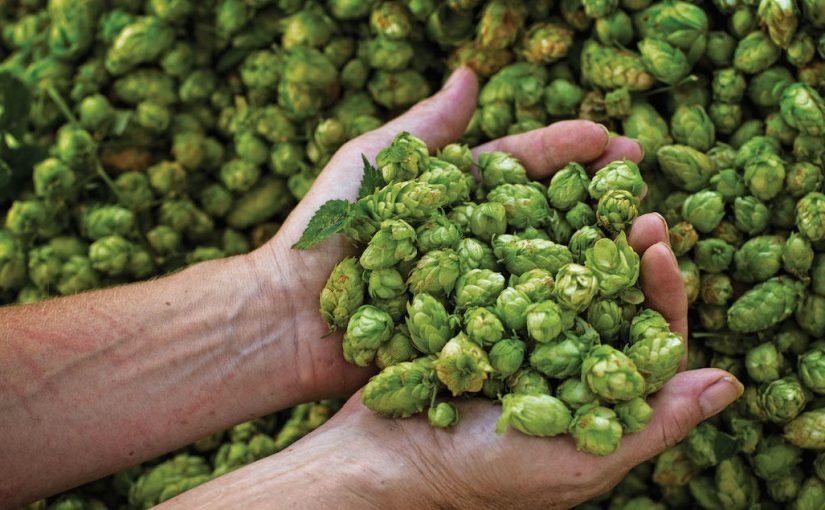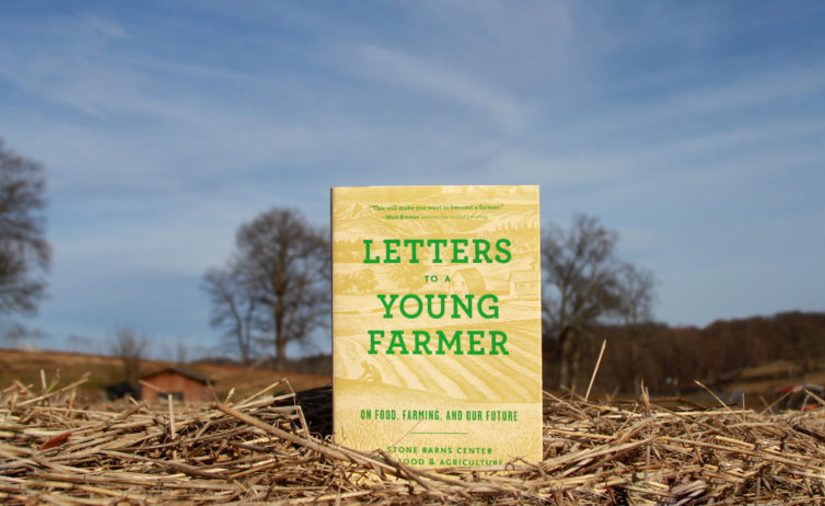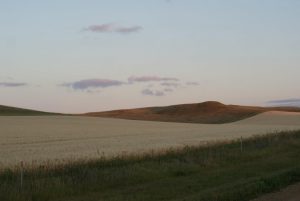Hoptopia; A World of Agriculture and Beer in Oregon’s Wilamette Valley by Peter A. Kopp
“With expanding acreages by midcentury, growers needed a labor pool from which to draw workers. It was at this moment that larger operations in New York adopted the European, and particularly the English, model of hop-labor recruitment and the treatment f hired help. The labor of women and children from urban areas became important, since farms or factories in the industrializing towns mostly commanded the labor of men” (57).
“Throughout the 1920s, the Willamette Valley hopyards took on a new meaning. By no means was nonwhite labor excluded, but the increasing presence of urban white families harked back to London and Kent in the early 1800s. The hop picking time became an occasion to cut ties with the city. Conversely, the hop harvest connected the city once again to the rural countryside. In an era before the proliferation of summer camps, children had opportunities for new friendships and entertainment” (109).
These two quotes were interesting to me as I had never thought of agricultural labor as something seen as enjoyable or done primarily by women and children. While the two quotes juxtapose East Coast versus West Coast hop harvest cultures, I think they exemplify an overall trend of the importance of women and children as hop-pickers. Its also interesting that families would come a pick hops as a sort of quasi vacation. Not only was it enjoyable and almost festival-like, they were also paid to do this work. Because it was so predominantly urban whites seeking this kind of carnival-type vacation for pay, I wonder if this impacted labor standards and labor abuses. While child labor laws have been passed, agricultural work is actually excluded from those laws. I wonder if there were labor abuses at all or if, because these were generally middle class, white women and children or families if that had sway on how the workers were treated and if they had safe/fair pay, housing, and working conditions.
Kopp kind of touches on this with sociologist Annie Marion MacLean’s account of hop picking in the Willamette Valley (51-53), talking briefly about the omissions from her work. “But there were also glaring omissions from her work. Most notably, MacLean failed to comment on issues of racial and ethnic diversity or poor working and living conditions. These oversights might have reflected an emphasis on women workers, or perhaps, an experience that lacked cultural diversity and social tension. The absence of these themes at least provides an avenue to investigate the multiple meanings of the harvest, which is the most remembered and celebrated aspect of the Willamette Valley hop industry” (53).
This section was probably the most interesting and frustrating to me. So many agricultural workers have been and continue to be taken advantage of because they have little to no social clout—farm owners and overseers felt that they would take advantage of their workers because no one really cared about what was going on behind the scenes. Was it because these were white women and children that their experience was different than that of most agricultural workers? What was it about hops? Why was it so celebratory and beloved by those that did it rather than typical monotonous harvest work? Were there any experiences or accounts with the hop harvest (either in the Willamette Valley or beyond) that were not positive?




